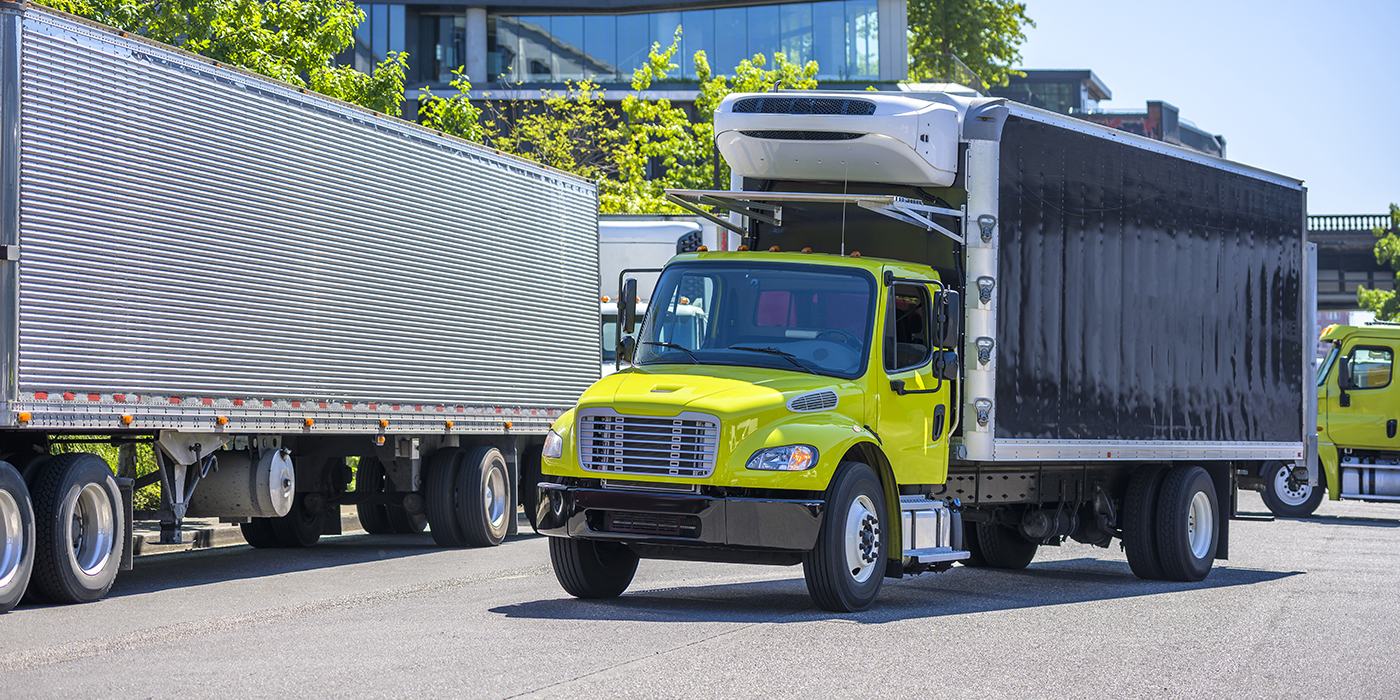The need for truck operators to be every wary about both vehicle and driver safety was bought into stark focus recently by events in the United Kingdom. A laden construction truck, driven by a 19-year-old who had only recently passed his CDL ran out of control in a suburban neighborhood. The accident happened at a time when children from a local school were leaving for the day, and the tragic upshot was four deaths—including a four-year-old child—and a number of lives, including the driver, that will be marked forever.
We cannot, nor should we, rush to judgement. It is a sad but unalterable fact of life that accidents can and do happen. It is similarly inevitable that those same accidents can result in the sort of tragedy that occurred on a suburban street. Would the world be a safer place without the internal combustion engine and the automotive industry it enabled? No doubt. Would it be a better place? This perhaps is the question that the more breathless members of the commentariat should stop and ask themselves—preferably as they tote a gallon of milk and tonight’s dinner into their shopping cart—before they take careful and well practised aim at the trucking industry. I would, and will continue, to opine that modern transportation has done as much to advance our species as just about any other development since a hairy guy discovered that by rubbing a couple of sticks together you could make fire. Transportation plays a fundamental role in our society and our broader civilization. Period.
It is a reckonable responsibility. Unfortunately with responsibility comes, well, more responsibility, and this responsibility is, in the vast majority of cases, accepted and embraced by the transportation industry. If there is anyone out there who cares to argue that a heavy commercial vehicle from 20 years ago is anywhere within shouting—even screaming—distance as safe as one of the 2015 vintage, I’d be more than happy to engage. I’ve driven both ends of this spectrum and know exactly where my preferences lie.
I spend a lot of time touring various manufacturing facilities. Irrespective of language and location, one common feature is any number of wall hangings upon which is printed exhortations to greater safety. It’s in some ways redolent to the industrial era. Today, instead of being urged to grow more wheat, it’s more a case of don’t slice your fingers while harvesting the stuff. I’ll let you into a secret: These things rile me. As a sentient human being blessed with free will, am I about to stick my paws into a grinding machine? No, I’m not.
Perhaps you were thinking that you could run those rotors through another month’s service, and perhaps there’s still just enough tread on those drive axle tires. And perhaps you’re right; perhaps you’re not…
The guys who run those same plants probably are aware of this, but the posters still remain in place and, albeit in far reduced numbers, the accidents still happen. But those posters serve a purpose. They may not save lives or fingers, but they remind anyone watching that saving lives and fingers is something of importance.
It isn’t enough just to act safely. For an industry like transportation, it is vital to be seen to be acting safely, which means when technology that can mitigate accidents presents itself, it cannot be regarded as peripheral. It is core to a transportation operation. It isn’t enough to do “just enough” where safety is concerned. As an industry, we do not get judged on when we get it right. We’re judged when we get it wrong.
Perhaps you were thinking that you could run those rotors another month; perhaps there’s still just enough tread on those drive axle tires. And perhaps you’re right.
Perhaps you’re not. Remember that it’s not just your fingers that end up in the grinding machine if you’re wrong.














